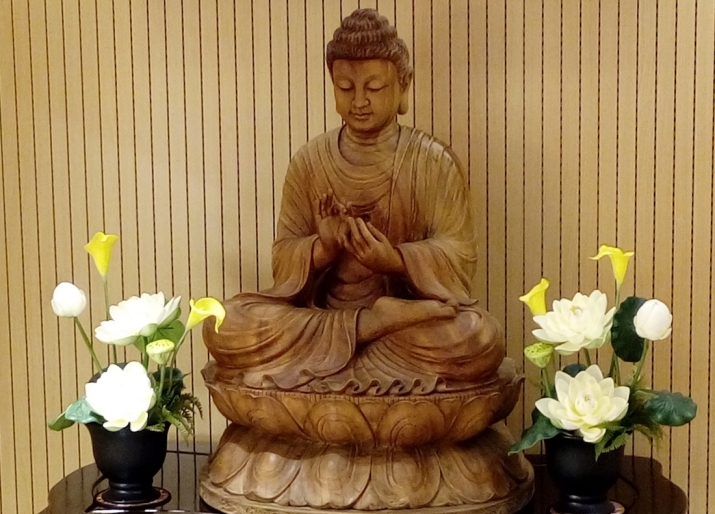I’ve long admired the monk and academic Prof. Ven. Dhammajoti, who founded the Buddha-Dharma Centre of Hong Kong, in the heart of Shek Tong Tsui near Kennedy Town. I like to call BDC one of the “big four” institutes of Buddhist Studies in our city: there’s the Centre of Buddhist Studies at The University of Hong Kong, the Department of Cultural and Religious Studies at the Chinese University of Hong Kong, and the fledgling Centre of Buddhist Studies at Chu Hai College of Higher Education.
Ven. Dhammajoti has had a long and close association with Kelaniya, a Sri Lankan university famed for its history with Buddhist Studies (among many other subjects). He taught at Kelaniya from 1982 until 2004, and his deep understanding of both the Theravada and Mahayana traditions made him uniquely qualified to teach Early Buddhism, Abhidhamma, and Pali in Hong Kong, a city that, for all its Buddhist strengths and wonderful Buddhist community, still needs further exposure to the world of ancient Buddhism, before it diffused into China.
Prof. D.M. Semasinghe, vice-chancellor of Kelaniya University, was very proud of how far BDC had come as a Kelaniya-affiliated institute on Chinese soil: “Since the first batch of Chinese students [to Kelaniya], who all successfully completed their PhDs and were supervised by Ven. Dhammajoti, we have a regular in-flow of Chinese monks at our post-grad institute. We continue to attract Chinese friends and intend to give them more training in Pali and Buddhist Sanskrit.” He observed that the intellectual flow goes both ways: “We now have several Sri Lankan teachers who obtained their PhDs from universities in Mainland China and in Taiwan. Some have earned or are working towards doctoral degrees. We also have more teachers of China in Sri Lanka generally, including those in our country’s Confucius Institute.”
The curriculum at BDC is famously rigorous, thanks to the close supervision of the founder. Both it and Kelaniya aren’t standing still. Prof. Semasinghe noted that Kelaniya would further adapt the course contents in their Buddhism courses to provide students with more useful training in ways that are more relevant to their backgrounds and needs. He spoke proudly of how both institutes offer courses in Buddhist art and archeology, Buddhism and society, economics, and psychotherapy. Ven. Dhammajoti has never been an unquestioning follower of modern trends; his program is sculpted around learning the critical tools needed to develop an accurate understanding of Buddhism on its own terms (hence the training in Pali first and foremost). Prof. Semasinghe told me: “We also actively create ‘markets’ for teachings that integrate both traditional wisdom and modern concerns.”
I’ve admired Ven. Dhammajoti’s approach to academic learning. He has his finger on the pulse of what remains essential in Buddhist Studies, but at the same time remains open to the shifting trends in Asia and across the world in Buddhist academia.
Related features from Buddhistdoor Global

